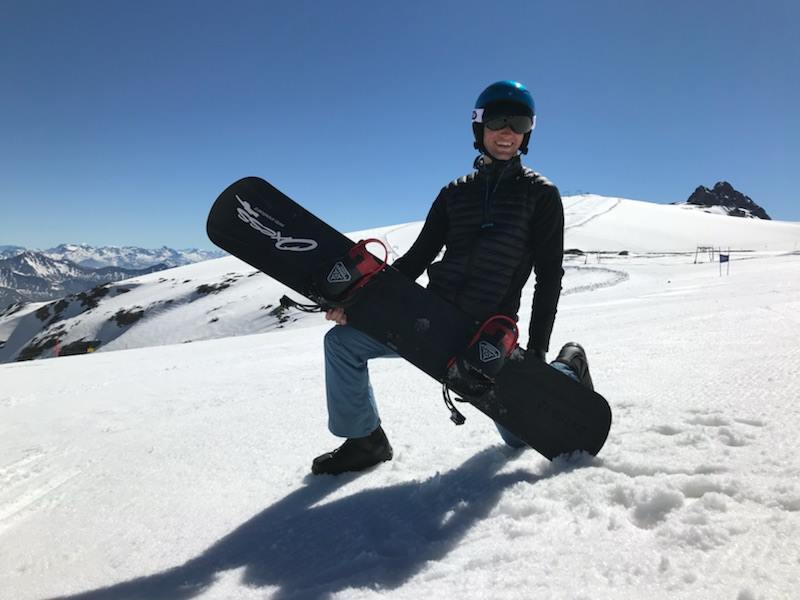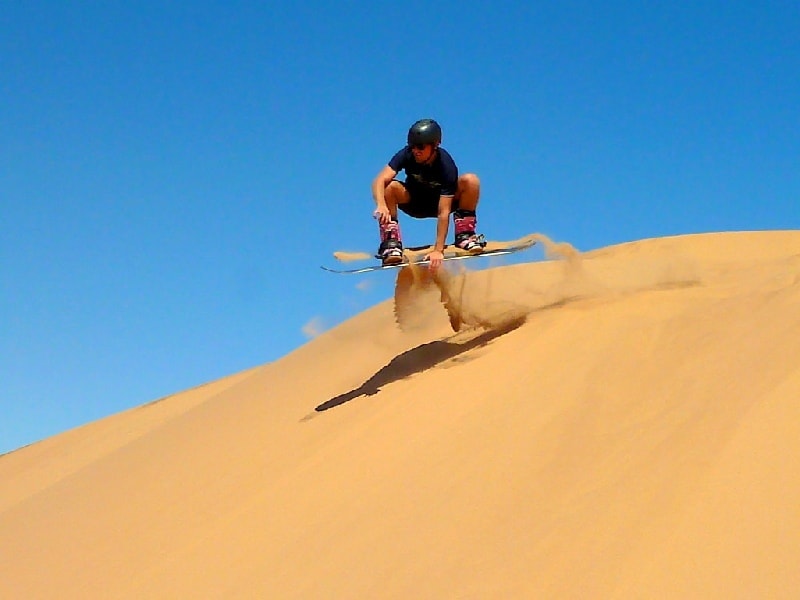Get up on a snowboard, slide down the water surface of the nearest pond, conquer the sand dunes of Morocco or the alpine slope of France. Tell us how to make your snowboarding vacation boring and atypical.
Snowboard today is not just a descent from the mountain, it is a philosophy, a community, which has become the core of the world’s extreme culture. Now anyone can buy a board or rent it. And it seems that there are no more places on the globe that are unsuitable for skiing.
“How so? – You will say. “It’s not like there’s snow and mountains everywhere. We answer: in today’s reality, the presence of snow and mountains is not a prerequisite. Do you not believe it? In this material we have collected the top 5 most unusual ways to test yourself and your board for durability.
Pioneers
Direction: Freeride
Freeride is a “snowboard fairy tale” for the chosen ones. And the point is not even that you have to cut through the virgin land, but that this kind of “wheelchair” can be called the most dangerous for life: avalanches or unexpected hard terrain (rocks and ice, hiding under the snow) – all of this can cause trouble not only for the beginner, but also for the pros in his theme.
However, in snowboarding, there is an even crazier branch for those who are sick with a gurney all over their heads. This direction is called “backcountry”. The difference with freeride is not so much, the main thing is that after a saturated descent on the virgin freerider climbs up the lift, and during backcountry snowboarders use walking to the top, snowmobile delivery or even a helicopter.
That is, the slopes for backcountry knowingly more difficult to access. One of the important advantages is that such a route is a guarantee that you will be on it first.
Will a regular board be suitable for this: not all classic snowboard boards are suitable for riding on the virgin land. Ideal snowboard, where you can conquer the snow-covered top and dashingly slide past the Christmas trees on snowdrifts, longer and wider than the universal board. Often its nose is much larger than the back.
Where you can freeride: the main condition for your freeride trip to the mountains is the need to find virgin land. Once you’ve found the part of the slope that a person hasn’t stepped on, it’s important to make sure they’re safe. Even pros spend a lot of time studying the terrain they’re going to have to drive on.
Freeride can be practiced on the territory of a ski complex or resort, exploring the slopes that are closed to mass skiing. Previously, of course, specifying the reason why they are closed.

Grass at home
Direction: grass snowboarding
No one can be surprised by the classic descent from the mountain, generously powdered by snow. So the extremists have to expand the borders, invent crazy tricks or, despite the weather conditions, climb the mountains.
Climbing down from the top of the slope, which is not even a hint of snow, is not an easy task, but quite interesting. Snowboarders often use such descents as unprecedented actions, trying to get closer to the beginning of the winter season or to close it originally.
Will the usual board be suitable for this: no. However, not so long ago, thanks to a new Canadian invention riders from around the world can ride all year round without stopping. The Hill Glider board is designed specifically for descending the well-groomed grassy hills that can be found in parks and within the city.
It is a bit like a miniature snowboard, but with one big difference: in the middle of the board there is a special wheel. The board’s creator claims that this is exactly the wheel of Hill Glider that allows you to tilt a snowboard, not just rush down on a flat board. It can be accelerated up to 50 km/h.
Desert Storm
Direction: Sandboarding
The main distinguishing feature of sandboarding (in comparison with the classic snowboard) is that riders do not ride on the snow, but on the sand. And if you accelerate well, you can easily break away from the ground and do a couple of tricks. By the way, sandboarders themselves, as well as their winter colleagues in the workshop, very much appreciate the steep slopes and speed.
The undeniable advantage of this direction is that you can skate on sands and dunes all year round, despite the avalanches and frosts.
Interesting fact: the most titled sandboarder of our time is Josh Teng. During his entire career he managed to win five world championships and get into the Guinness Book of Records for performing the longest backflip (backflip), which he performed at 22 meters.
Would a regular board be suitable for this: you can’t take a snowboard and ride it over the sand dunes if you don’t want to ruin it.
If you really fall in love with this unusual kind of snowboarding, then without any delay buy yourself a special board – a sandboard. What is its principal difference from the classic snowboard? The sandboard is initially ground to allow you to ride not on the snow, but on the sand. Especially to improve glide and maneuverability, the front of the board is expanded, and the back is narrowed.
Where you can go for a ride: you can do sandboarding wherever there is at least a small slope and enough sand. But it is much cooler to get up on the board in the real desert. In order for the gurney to give you a storm of emotion, we recommend going to Egypt, Australia, Brazil, Peru, Chile or South Africa.
In addition, among the sandwiches are very popular deserts in Nevada and Oregon: on their territory are equipped with trampolines.



